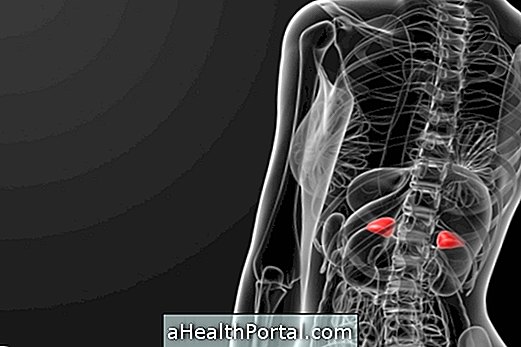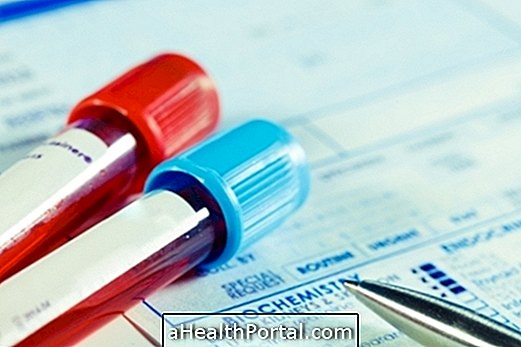Retrograde menstruation is a theory that explains the onset of endometriosis that occurs when the menstrual blood, instead of exiting the uterus through the vagina, travels towards the fallopian tubes and pelvic cavity, spreading out of the vagina and out of the menstrual cycle.
Menstrual blood contains cells from the endometrium and when they reach other organs such as the ovary, bowel or bladder adhere to its walls, they grow and bleed during menstruation, causing many pains.
It is normal for some women to have retrograde menstruation without developing endometriosis because their immune system is able to prevent the growth of endometrial cells in other organs. In some women the menstrual remains are not completely eliminated, leading to the onset of endometriosis.
Symptoms of retrograde menstruation
The symptoms of retrograde menstruation are not always noticed, since it is a natural condition in some women. However, in cases where retrograde menstruation causes endometriosis, symptoms such as:
- Shorter menstruation;
- Bleeding without normal signs of menstruation such as colic, irritability or swelling;
- Intense menstrual cramps;
- Pain in the foot of the belly during menstruation;
- Infertility.
The diagnosis of retrograde menstruation is made by the gynecologist through the observation of symptoms and exams such as endovaginal ultrasound and the CA-125 blood test.
Treatment of retrograde menstruation
Treatment of retrograde menstruation can be done with the use of ovulation-inhibiting drugs or the contraceptive pill. When retrograde menstruation is associated with endometriosis, its treatment may include the use of anti-inflammatory drugs and analgesics to alleviate the symptoms of the disease.
In some cases, it may be necessary to induce menopause to control endometriosis or perform surgery to correct problems in the fallopian tubes preventing the reflux of menstrual blood to the abdominal region.























